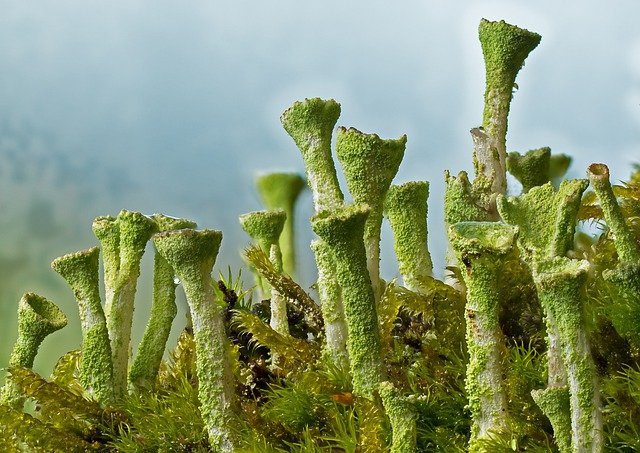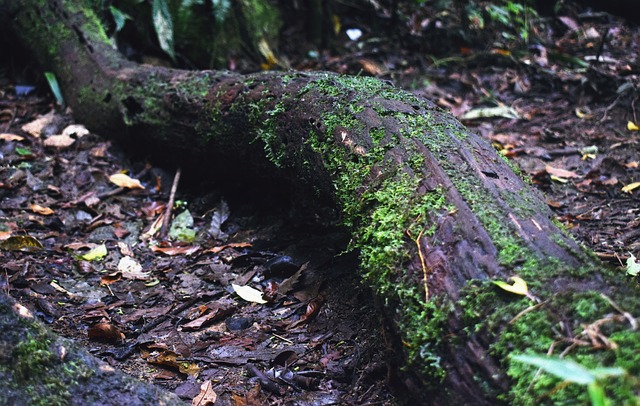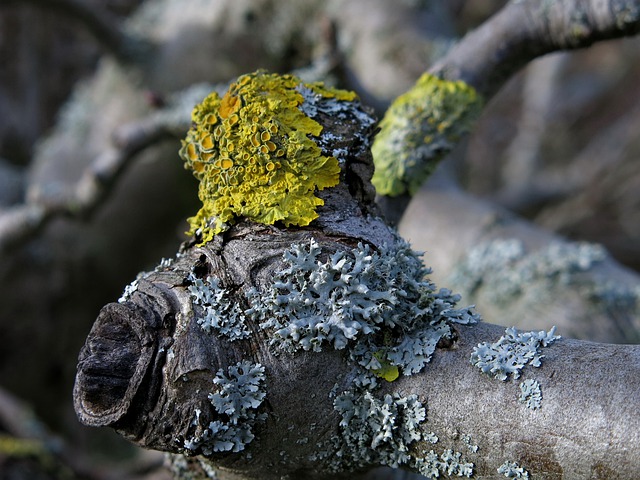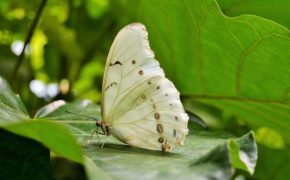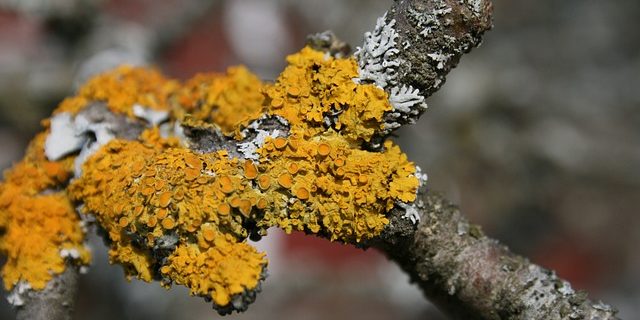
Get a quick no obligation quote It’s free and will only take a jiffy!
All You Need to Know About Algae, Lichen and Moss on Trees
Algae, lichens and moss often form green or grey, powdery growths on the stems, branches and trunks of trees. While this can be a worry, these growths are harmless, although it is good to know why they are appearing.
Algae, lichens and moss are non-parasitic, plant-like organisms that grow on trees, rock and other hard surfaces. Lichens and algae can sometimes be mistaken for fungal disease, although they are not harmful to the plants on which they grow. However, sometimes these organisms can be a sign that a plant is lacking vitality, which could mean that your tree is in need of some care and attention, especially if it is a mature specimen.
What causes algae, lichen and moss to grow on trees?
Algae, lichens and moss tend to thrive in damp locations, relying on moisture to thrive and reproduce. Lichens in particular will grow well even in areas where there are few nutrients, although unlike algae and moss, they are slow to colonise.
Generally, you will find algae, lichens and moss growing on trees that are not so healthy, in particular those which are starting to die back. Neglected trees, especially those that have not been regularly pruned and as a result are suffering from overcrowding of the branches, will also be more prone to these organisms.
The side of a tree trunk that faces prevailing winds could also display growths of moss and lichens, whilst the shady side of the trunk tends to be colonised by algae.
On the other hand, you may find lichens and moss on vigorously growing new plants if the conditions are humid.
If you are worried about a sudden growth of algae, lichen or moss on your tree, especially if the tree is looking weak, shedding branches, or dropping leaves out of season, always seek professional advice from a qualified tree surgeon.
What do algae, lichens and moss look like?
Algae can appear like a powdery green substance on the trunks and leaves of evergreen trees. On the trunks of trees, it doesn’t look unappealing, but when it grows on leaves, it can negatively affect their appearance. If you spot a bright orange powdery substance on the trunk or branches of your tree, this is likely to be Trentepohlia.
Lichens are usually grey or green in colour and can look crusty in appearance. They tend to colonise bark and branches. They actually offer food and shelter to an array of organisms, and can be quite attractive, as well as providing a high degree of ecological value.
Moss tends to grow on the trunks or branches of trees. They can form large tufts or cushions, which are often green or yellow in colour. There are many different types of moss, which vary in appearance.
Why are lichens so important?
Lichens are neither plant nor animal. They are a combination of algae and fungus. The fungus provides a place for the algae to live in, whilst the algae provides a source of food for the fungus.
Varying in size from as small as a penny to structures that are several feet long, lichen also range in colour, from vibrant orange and yellow to greens and greys, and sometimes even black. There are around 1,800 species of lichens in the UK alone.
Different species of lichen fulfil different roles within their individual ecosystems. They are a keystone species, which means they are vital to the health and well-being of an entire ecosystem. Lichen are also ecologically important within many landscapes such as woodland and country parks, and they provide a multitude of benefits for nature.
Deer, birds and rodents all rely on lichens as a food source and habitat, whilst birds use them as nesting material. What’s more, lichens protect trees and rocks from extreme elements, such as wind, rain and snow.
So, if you see lichen growing on your tree, be proud! You have something there that is highly beneficial to nature.
Some of the most common lichens that grow in the UK are gold lichen (Caloplaca flavescens), white lichen (Diploicia canescens), map lichen (Rhizocarpon geographicum), oak moss (Evernia prunastri), black-spot lichen (Physcia aipolia), handwriting lichen (Graphis scripta), cup lichen (Cladonia fimbriata) and leaf lichen (Peltigera membranacea).
There’s a great guide here to help you identify lichen growing on your trees.
Concerned about other types of growths on your trees? Our guide to galls, mildew and more should prove helpful.
Concerned about lichen, algae or moss growing on your tree? Talk to TH Trees Ltd.
The health of your trees should always be your priority. If you are concerned about anything that’s growing on your trees, you are welcome to contact us for personalised advice.
At TH Trees Ltd we have been caring for trees across Essex for more than 15 years. For a free consultation and the helpful advice you need, please call us on 01268 642814.
Had a fallen tree in the early hours of Monday morning, called for quote and the team had it cleared on the same day. Really good communication when the lads were onsite and did a great job. Lots of pride in their work shown with the thorough clear up. Would thoroughly recommend.
Thank you Stuart for your kind review. We were glad to be able to help you with your fallen tree. If there's anything else you need in the future, please don't hesitate to get in touch.

